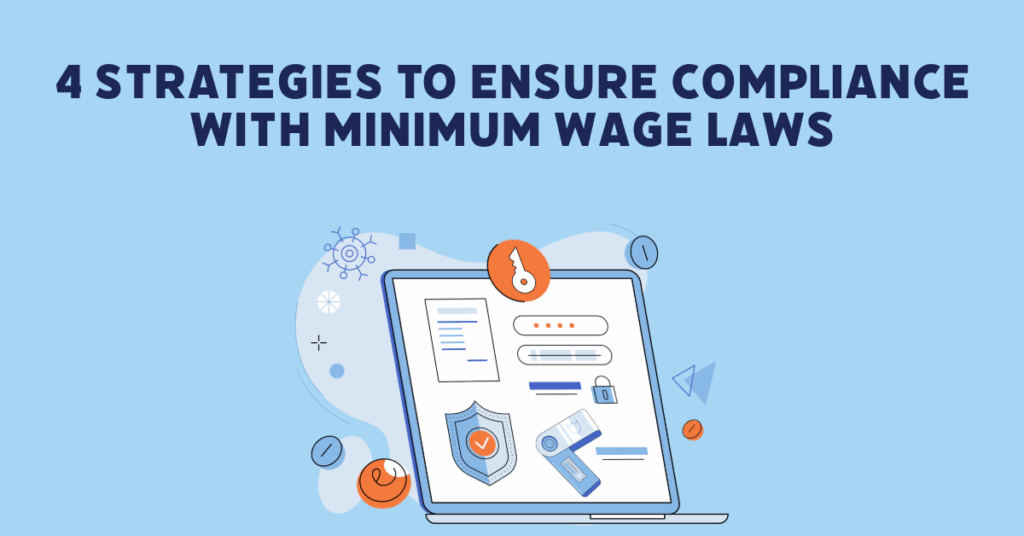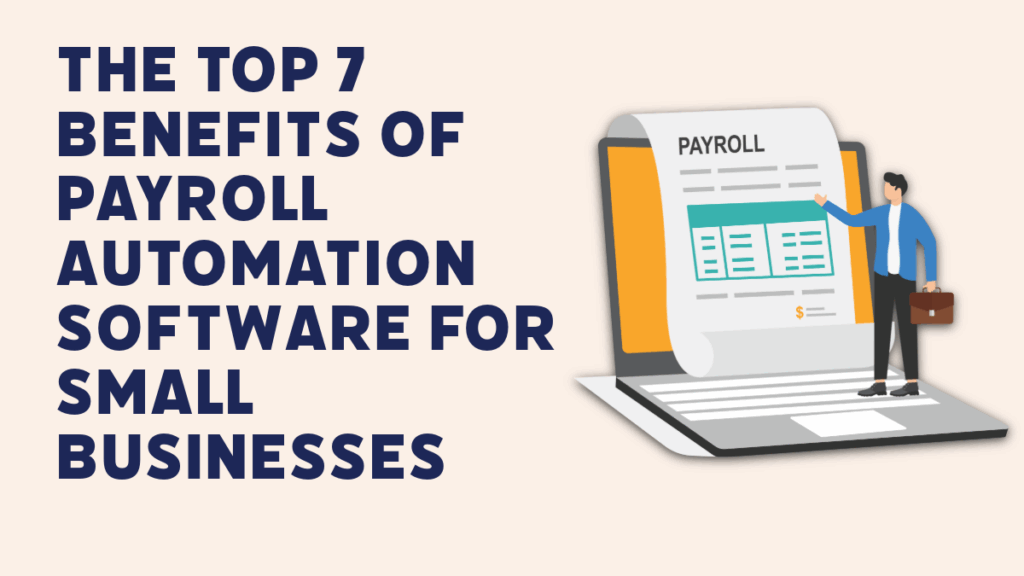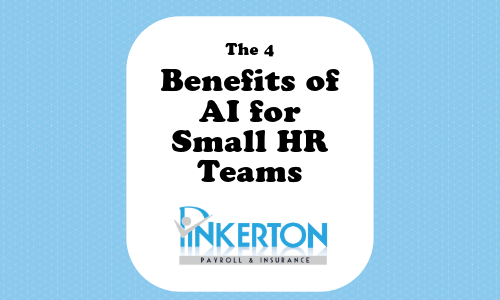Designing a Wellness-Driven Group Health Insurance for Small Business Plan for Better ROI
In today’s competitive marketplace, retaining top talent while controlling costs is a balancing act for every organization. For small and mid-sized businesses, this challenge is even greater. Choosing the right has evolved beyond providing basic medical coverage group health insurance for small business —it’s now about integrating wellness strategies that enhance productivity, reduce claims, and deliver measurable ROI. Forward-thinking companies are realizing that employee health is business health. When wellness is woven into benefits planning, the organization gains long-term returns through lower absenteeism, improved morale, and higher retention. That’s why small businesses increasingly rely on professional partners like Pinkerton to create group plans that align financial efficiency with employee well-being. And by coordinating these efforts with a trusted payroll management company, employers can streamline benefits administration, ensure accurate data flow, and maintain compliance—all while promoting a culture of wellness that supports sustainable growth. Why Wellness Is Now Central to Group Health Insurance Wellness is no longer a secondary benefit—it’s the foundation of modern group insurance design. For small businesses, integrating wellness programs into their health coverage is one of the most effective ways to manage rising healthcare costs and build a resilient workforce. The Shift Toward Preventive Health Traditional group health plans focused primarily on treatment. But today’s wellness group health plan ROI comes from prevention. Programs encouraging fitness, nutrition, mental health support, and preventive screenings reduce the frequency and severity of claims. Healthier employees translate directly into better outcomes and lower premiums over time. Employers who prioritize wellness demonstrate a proactive commitment to their teams, creating a workplace culture that values longevity and engagement. The Link Between Engagement and Insurance Efficiency Engaged employees are healthier employees. When participation in wellness initiatives is high, insurance providers observe improved claims data, fewer high-cost cases, and smoother policy renewals. By focusing on employee wellness programs that align with insurance objectives, businesses can strengthen both workforce morale and financial performance. Even simple engagement strategies—such as wellness challenges or digital health coaching—can generate measurable improvements in employee health metrics. Building a Resilient Workforce Beyond lowering healthcare costs, wellness plans enhance productivity. When employees are healthier, they miss fewer days, recover faster, and bring more energy to work. Small businesses gain a competitive edge by demonstrating that they care about employee health and well-being. This sense of trust not only helps retain skilled staff but also makes the business more attractive to new hires. Designing a Wellness Group Health Plan That Delivers ROI A successful wellness-driven insurance plan requires thoughtful design—balancing coverage, incentives, and engagement tools that drive measurable results. Setting Clear Wellness Objectives Before launching any wellness initiative, HR teams should define measurable goals. Whether the objective is reducing absenteeism, improving mental health support, or lowering chronic illness rates, clarity leads to better results. Aligning those objectives with insurance data ensures every effort contributes directly to return on investment. Employers that track wellness outcomes over time can demonstrate how their initiatives impact claims frequency and healthcare utilization. Integrating Wellness Metrics Wellness metrics help quantify progress. Tracking participation rates, biometric screenings, satisfaction surveys, and claims data gives employers a real-time view of how wellness impacts performance. These metrics also guide adjustments—allowing HR teams to refine engagement strategies or modify incentives. A data-driven approach ensures that resources are directed toward initiatives with the highest measurable value. Incentive Plans That Work Effective incentive plans encourage participation without overcomplicating administration. For example, offering recognition, premium discounts, or small perks for consistent participation can boost engagement. When paired with accessible digital wellness platforms, these programs promote accountability and enthusiasm. Employers don’t need extravagant rewards—just consistent encouragement that makes wellness feel like a shared mission rather than a top-down directive. Connecting ROI to Insurance Savings The link between wellness and insurance ROI becomes evident over time. As health behaviors improve, claims frequency drops, and renewals become more favorable. Well-managed wellness programs reduce the need for reactive healthcare spending. That means lower claim payouts and improved loss ratios—key drivers of long-term financial sustainability for both employer and insurer. At Pinkerton, the emphasis lies on aligning wellness program design with measurable ROI outcomes. The result is a plan that benefits employees, insurers, and employers alike. Integrating Payroll, HR, and Insurance for Seamless Administration For wellness-driven plans to function efficiently, integration across systems is crucial. Linking payroll, HR, and insurance data ensures accuracy, transparency, and compliance. The Role of Payroll Integration When benefits data connects directly with payroll systems, administrative errors and redundancies disappear. By working with a payroll management company, businesses can automate deductions, update employee classifications, and streamline benefits enrollment. This integration not only saves time but also ensures that every employee receives the right coverage while maintaining accurate cost tracking. It reduces administrative overhead and enhances reporting accuracy—a critical advantage for small business teams managing limited HR resources. Compliance and Record Accuracy Group health plans are subject to stringent compliance requirements. Integrated systems minimize human error and simplify audits, ensuring every transaction aligns with both regulatory standards and internal policies. Employers can generate real-time compliance reports, ensuring the business remains protected against penalties and administrative issues. Employee Experience and Transparency A streamlined benefits process enhances the employee experience. When staff can easily view coverage details, track participation in employee wellness programs, and understand how wellness impacts premiums, engagement naturally increases. The result is a transparent benefits culture—one where wellness and insurance work hand in hand to strengthen employee trust and organizational credibility. Measuring Success Through Wellness Metrics and Health Cost Outcomes Defining Key Performance Indicators For a wellness group health plan ROI to be meaningful, businesses must measure specific outcomes. KPIs often include: Participation and completion rates for wellness programs Reduction in absenteeism and turnover Decline in chronic health-related claims Improvement in biometric results Tracking these numbers helps organizations understand whether wellness efforts are translating into tangible financial benefits. Interpreting Health Cost Outcomes Health cost outcomes measure the real financial impact of wellness programs. Over time, consistent participation leads to reduced medical claims, lower prescription costs, and better overall workforce health. This data directly influences premium negotiations and renewal terms. The more positive the wellness outcomes, the more negotiating power a business gains with its insurance provider. Building a Sustainable ROI Framework A long-term ROI framework focuses on consistency rather than immediate results. Businesses that continuously engage employees, measure results, and refine initiatives experience steady improvement in both health











